MotoGP – Dutch TT Grand Prix – 26/06/04 Assen
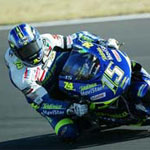

The university city of Oxford in England just celebrated the fiftieth anniversary of Dr. Roger Bannister running a mile in less than four minutes. An important goal; in 1954. Many thought the record would never be broken but after fifty years, this ancient record has been shelved. It's always like this in all sports where you fight against the clock. Every time the speeds increase, the lap times decrease and we wonder where we will end up.
MotoGP teams and riders arrived in Assen this week to test their skills on the longest and fastest circuit of the 2004 MotoGP, weather permitting. Both Valentino Rossi and Sete Gibernau shattered old lap times and other similar records set just last year with relative ease.
The fantastic day of racing in Barcelona was the perfect example of how quickly performance has increased in a very short space of time. The weather may have been perfect but the conditions of the Catalonia circuit were certainly worse than last year thanks to the damage inflicted by the Formula 1 cars on the track.
Starting from qualifying during which Gibernau pulverized Rossi's pole from last year, they lowered the time by 1.331 seconds. The first twelve drivers on the first four rows of the starting grid qualified with a lower time than last year's pole position. Same story for the 23 laps relating to the grand prix. This time too it was Gibernau who demolished Rossi's lap record, lowering the previous year's time by 0.856 seconds. The time it took Rossi to win the race was 18,503 seconds less than the time it took Loris Capirossi last season.
Maybe for the increase in top speed or for a combination of engine, tires and riders capable of squeezing the performance of the four strokes. In the lead Alex Barros followed closely by Camel Honda team riders Max Biaggi and Makoto Tamada, reaching the maximum speed on the Barcelona circuit of 339.4 km/h last race weekend. Last year, Loris Capirossi only managed to reach the speed of 325,9 km/h.
It is also true that reaching maximum speed does not consequently lead to crossing the finish line first. For various reasons none of the riders who reached the maximum speeds ended up on the podium while Rossi, the winner of the GP, had to settle for a paltry 329 km/h, placing himself in 14th position in the ranking of the fastest riders. The answer isn't just in top speed.
By obtaining the best combination of suspension, gear ratios and tire choice you can aspire to victory. Getting pole position in the last two minutes available will give you another point of view but will not automatically win you the race. In the press conference held in Barcelona with the motorcycling stars of the nineties Wayne Rainey, Kevin Schwantz, Mick Doohan and Alex Criville, the champions had to answer the question "what do you think of the protagonists of motorcycling today, in particular Valentino Rossi?" .
Everyone agrees that the best rider is the one who manages to stay on his feet while riding a four-stroke with worn out tires with the bike skidding and skidding in all directions. Any rider good enough to earn a MotoGP should be able to qualify in a good position on qualifying tyres. What distinguishes the rider from the champion is the champion's ability to control the bike and go faster despite the tires and the relative tendency to drift. Moral of the story: this season will also fully confirm the experts' theory.
As long as technology pushes the limits forward, lap times will continue to drop. Only two factors could slow or stop the collapse of these records. The manufacturers and the circuits. The manufacturers of modern four-strokes are focused on the speed and durability of their products. It looks like there will be a reduction within two years to cap performance, but how long will it last. Give those engineers two years to meet and overcome the challenge and destroy existing records by building more powerful and efficient machines.
How fast will the bikes of the future be able to go on current circuits with current structural limits and limited budgets? There will certainly come a time when motorbikes will exceed the technical limit of circuits which will no longer be suitable for increasingly higher speeds. With an average increase of 110% for each race, the circuits will no longer be able to handle such fast vehicles. The circuits will not be willing to lose their rich world championship dates but the money needed to adapt the infrastructure will be more and more and the performance of the bikes will continue to grow.
So, where will MotoGP be in fifty years? People would have told you that you had been out in the sun for too long if they had been told that after fifty years motorbikes would reach speeds of 339 km/h on the Barcelona straight. In another fifty years, in 2054, we could imagine lap averages with speeds of 200 km/h, 400 km/h top speed and the mile traveled in less than three minutes.
It might sound crazy but fifty years is a long time in the modern era.
Ask Roger Bannister.
Camel Media Service translated from Davide Giordano
if you want to always be updated on our news
Follow us here
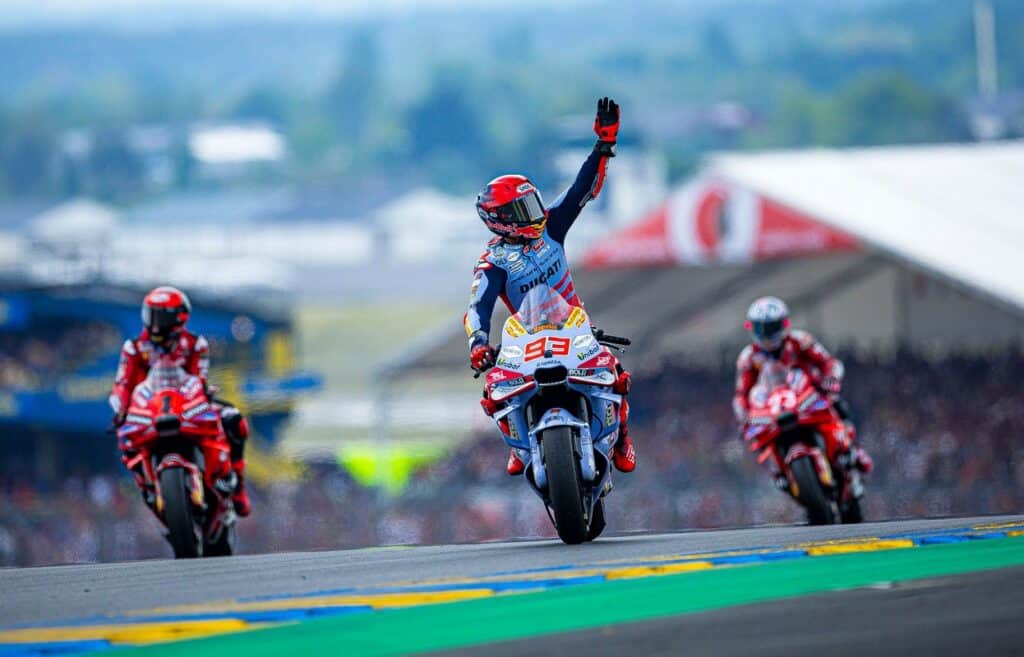
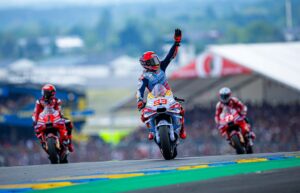
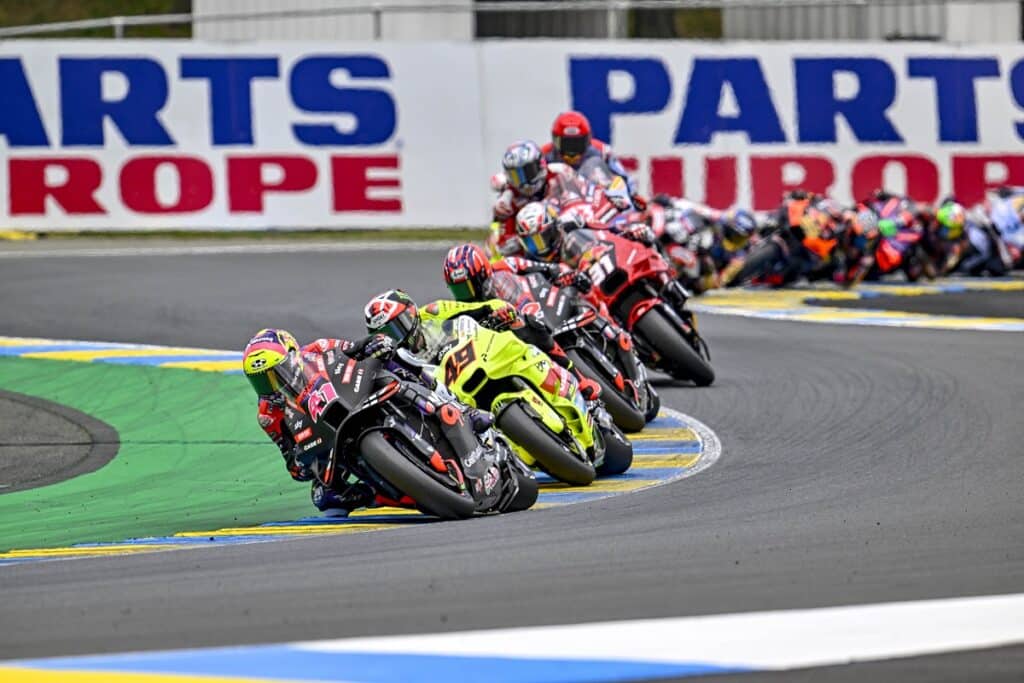
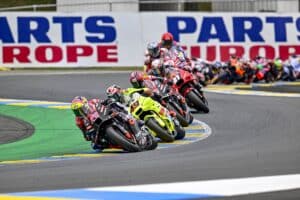
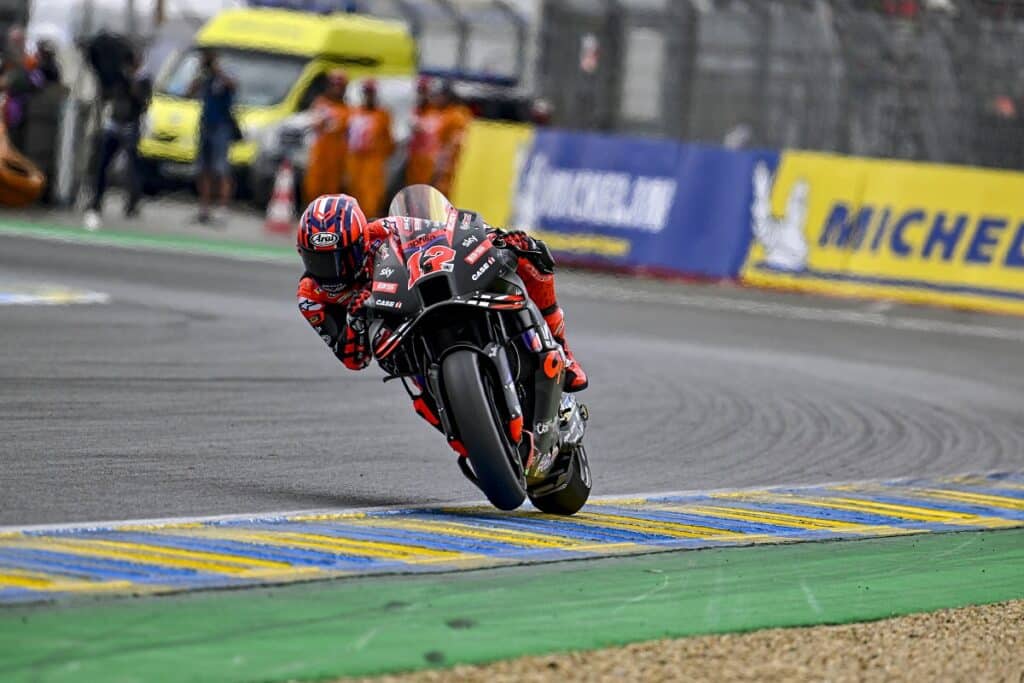
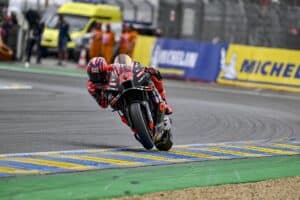
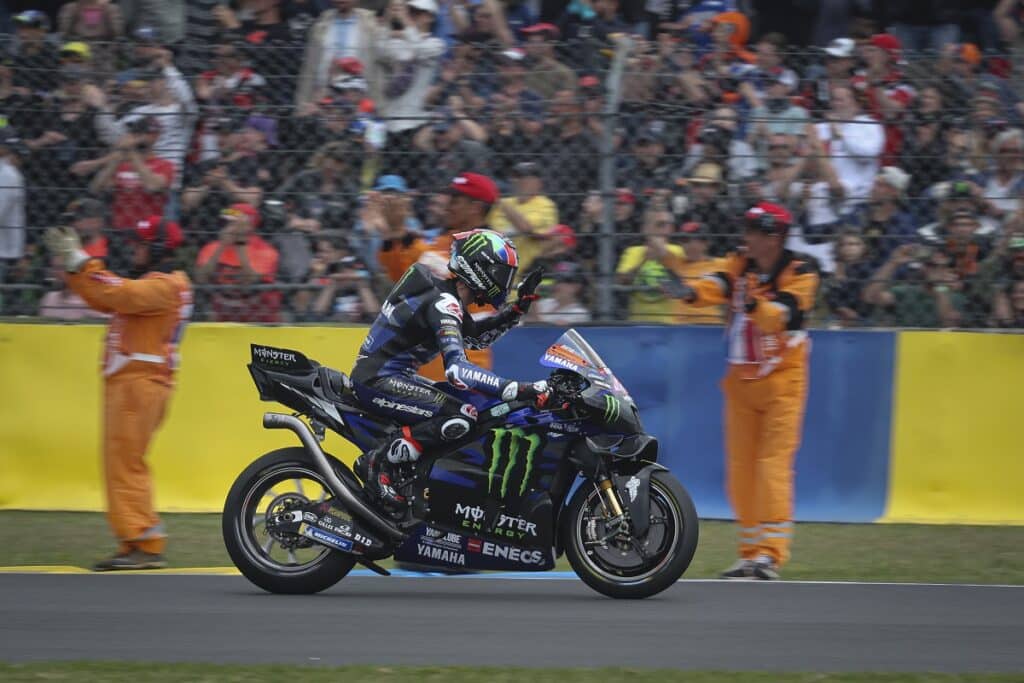
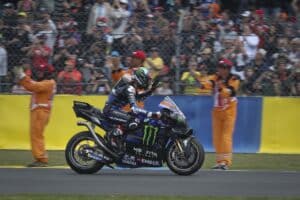
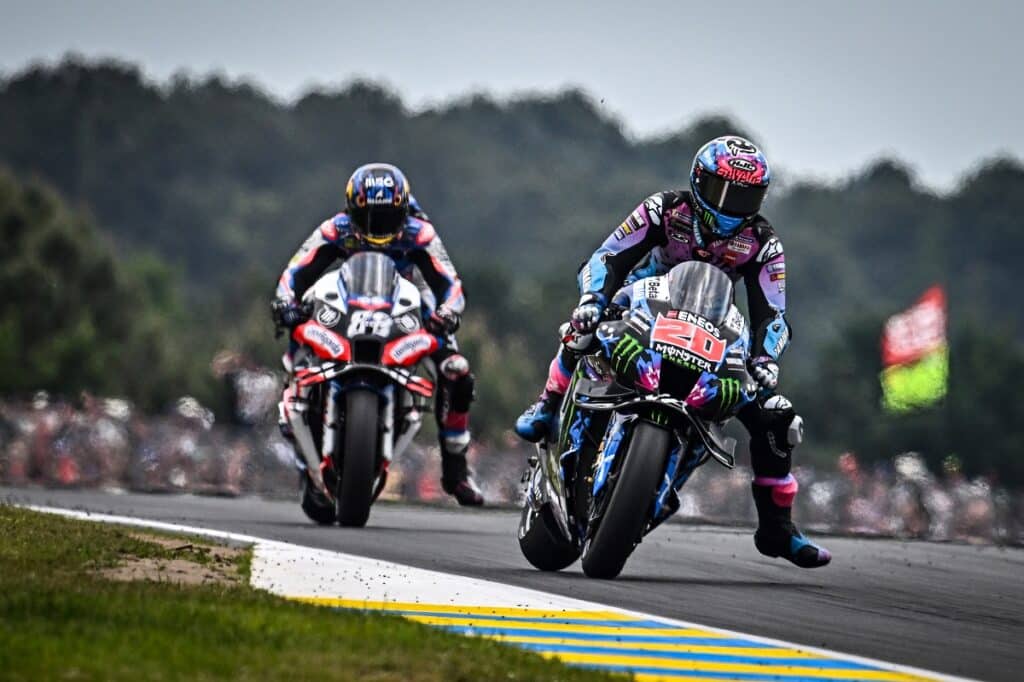
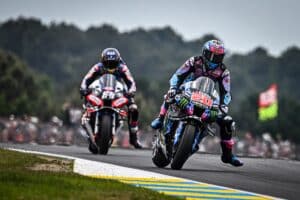
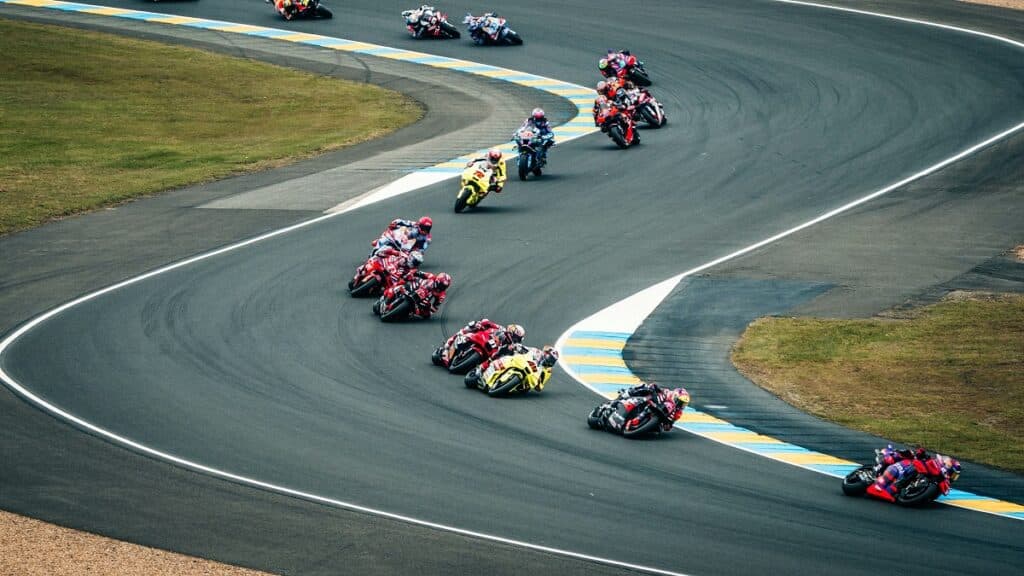
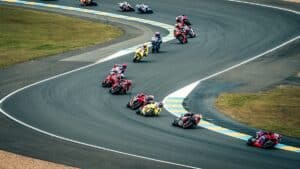
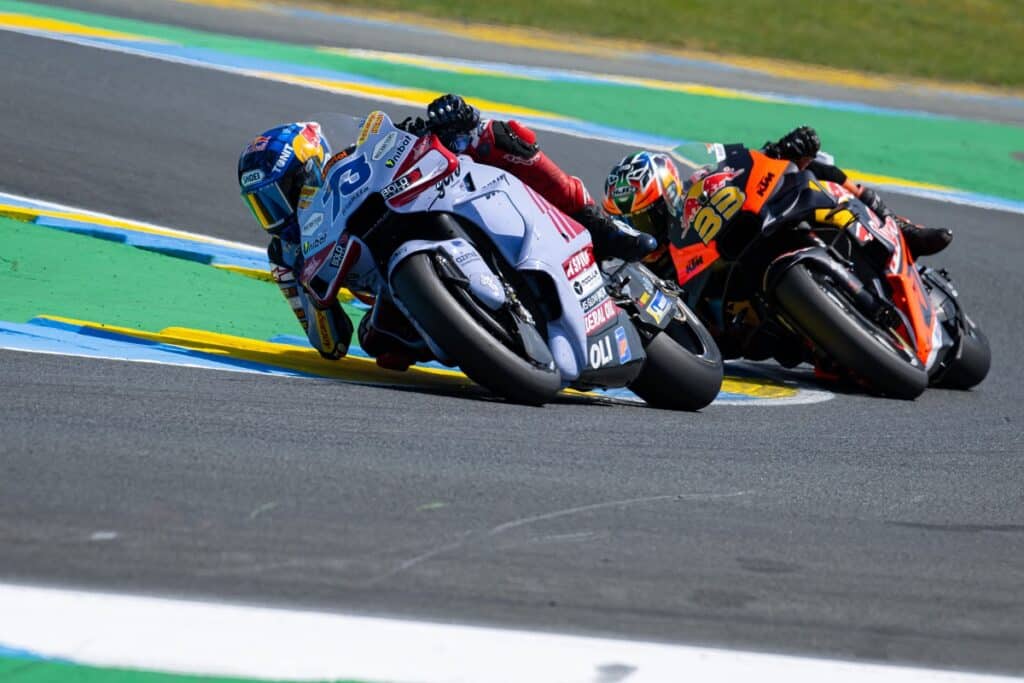
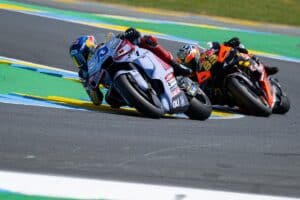
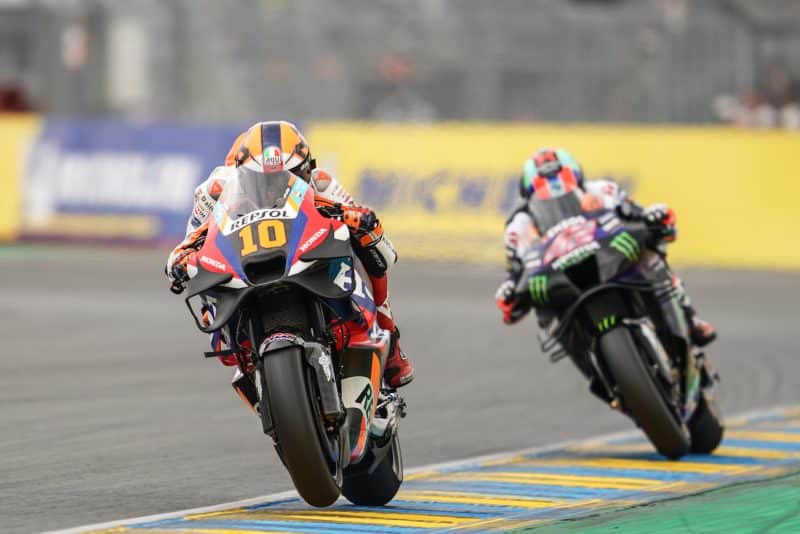
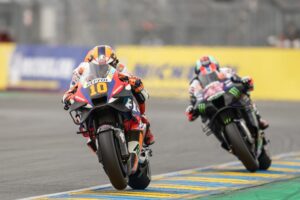













You must be logged in to post a comment Login